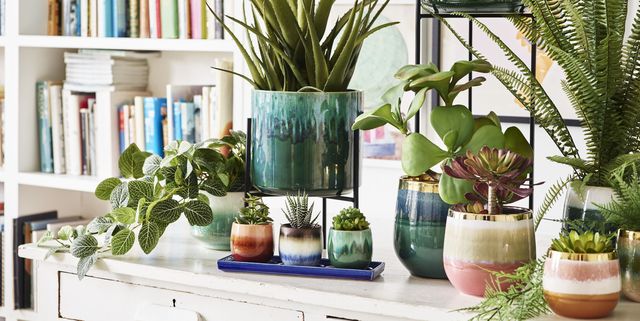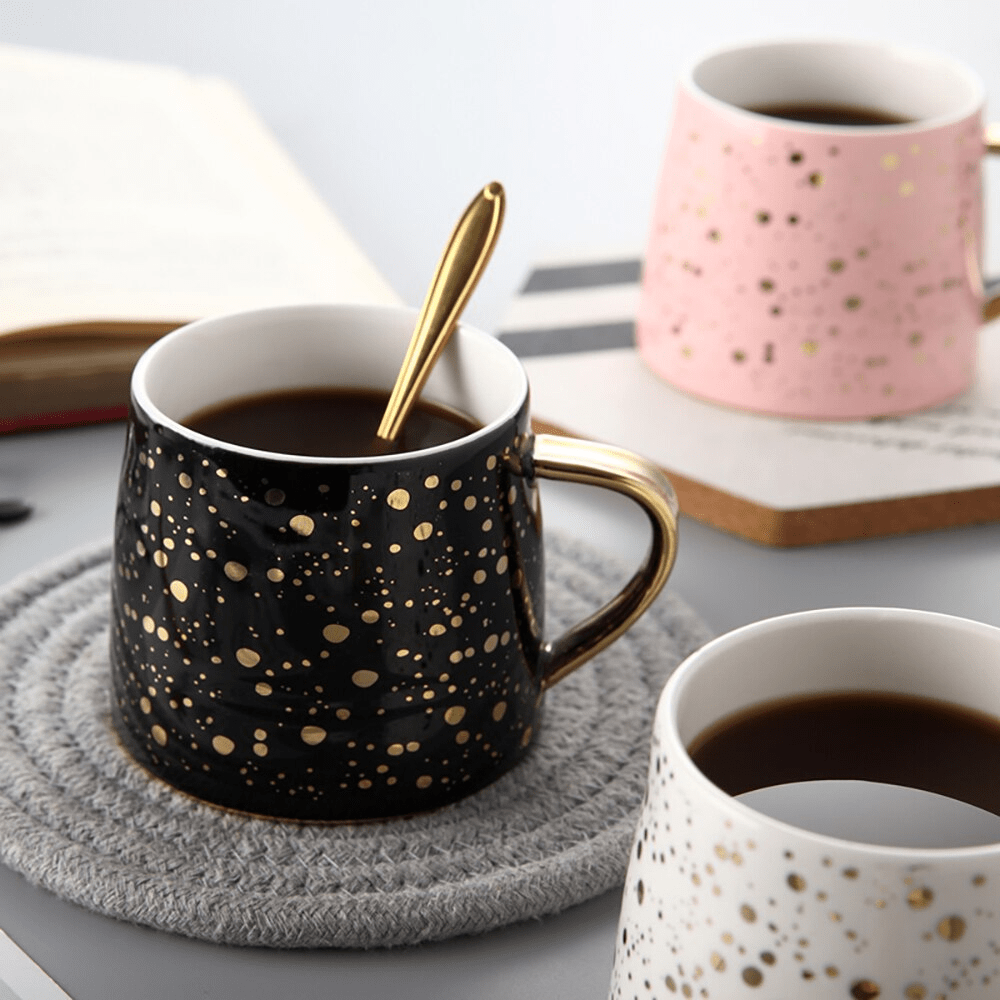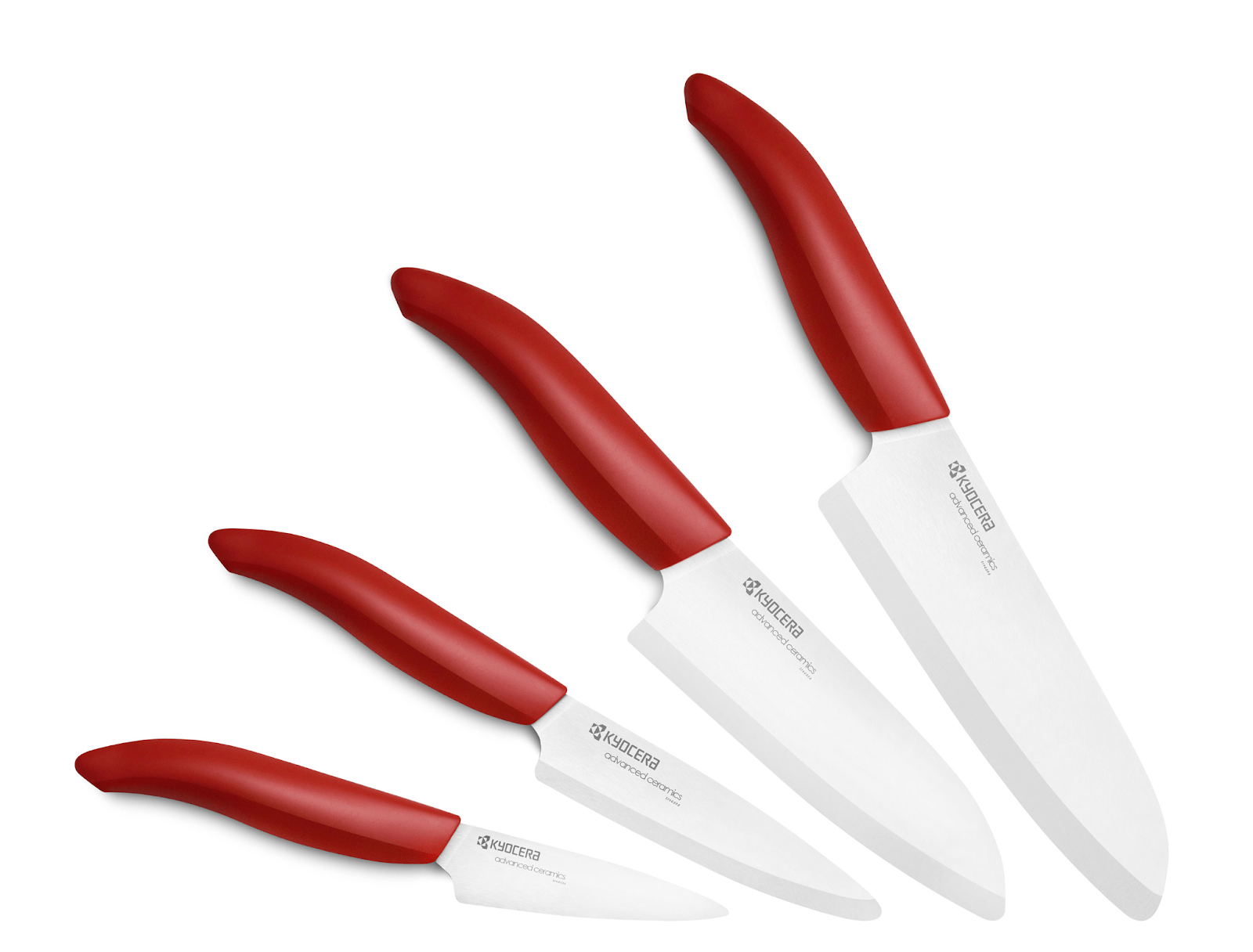Table of Contents
Ceramic plant pots are one of the most popular and versatile types of plant pots that you can use for your indoor plants. These are made of clay that is shaped and fired in a kiln. It can have different shapes, sizes, colors, and patterns. It can also have different features, such as drainage holes, saucers, or self-watering systems. But how do you choose and use ceramic plant pots for your indoor plants? Here are some tips to help you:
Why Choose Ceramic Plant Pots?
Compared to conventional plant pots, ceramic plant pots have a number of benefits, including:
- Aesthetics: Your indoor plants’ aesthetic appeal and elegance can be improved by using ceramic planters. Ceramic planters may be chosen to complement or contrast your plants, furnishings, and décor. Additionally, ceramic planters with original and creative patterns are an option.
- Durability: Planters made of ceramic are strong and durable. They can resist high humidity and temperatures. They can also withstand chipping, fading, and breaking.
- Insulation: Your indoor plants may benefit from insulation provided by ceramic planters. They can keep your plants cool in the summer and warm in the winter. Additionally, they can shield your plants from fungal infections and root rot.
- Breathability: Your indoor plants can benefit from airflow provided by ceramic planters. They can aid in your plants’ respiration and oxygen uptake. They can also guard against over- or under-watering your plants.
How to Choose Ceramic Plant Pots?
To choose ceramic plant pots for your indoor plants, you need to consider some factors, such as:
- The size and shape : You need to find ceramic plant pots that fit the size and shape of your plants. You should leave some space between the edge of the pot and the stem of the plant. You should also choose a pot that is deep enough for the roots of the plant.
- The type and style of your plants: You must locate ceramic planters that are appropriate for the species and design of your plants. Pick a pot that complements the plant’s hue, texture, or pattern. Additionally, you want to pick a container that matches the character or attitude of the plant.
- The quality and price: Find ceramic planters that are both high-quality and affordably priced. Look for ceramic planters that have been handcrafted from premium clay and glaze. Additionally, seek for ceramic planters that are easy to clean and long-lasting.
How to Use Ceramic Plant Pots?
To use ceramic plant pots for your indoor plants, you need to follow some steps, such as:
- Getting ready your ceramic planters: To get rid of any debris or dust, you must wash your ceramic planters with water and soap. To make your ceramic planters wet and porous, you should also soak them in water for a few hours.
- Prepare your plants: You need to remove your plants from their old pots and gently shake off any excess soil. You also need to trim any dead or damaged roots or leaves.
- Pot your plants: Make a hole in the center of your ceramic planters before adding fresh potting soil. The plants must then be inserted into the hole, and the earth must be compacted around them. Additionally, be sure you fully water your plants and let any extra water to drain.
- Place your plants: You must set up your ceramic planters in a spot that is appropriate for your indoor plants. You should pick a location that will provide your plants with ample light, air, and temperature. Additionally, you should keep your ceramic planters away from windows, vents, and heaters.
Conclusion
Ceramic plant pots are one of the most popular and versatile types of plant pots that you can use for your indoor plants. These are made of clay that is shaped and fired in a kiln. It can have different shapes, sizes, colors, and patterns. Ceramic plant pots can also have different features, such as drainage holes, saucers, or self-watering systems.
You must take your indoor plants’ size, shape, type, and style into consideration while selecting ceramic plant pots, as well as the pots’ quality and cost. To use ceramic plant pots for indoor plants, you must first prepare the pots, then the plants, pot them, and last position them.
Follow us to see more useful information, as well as to give us more motivation to update more useful information for you.





